-
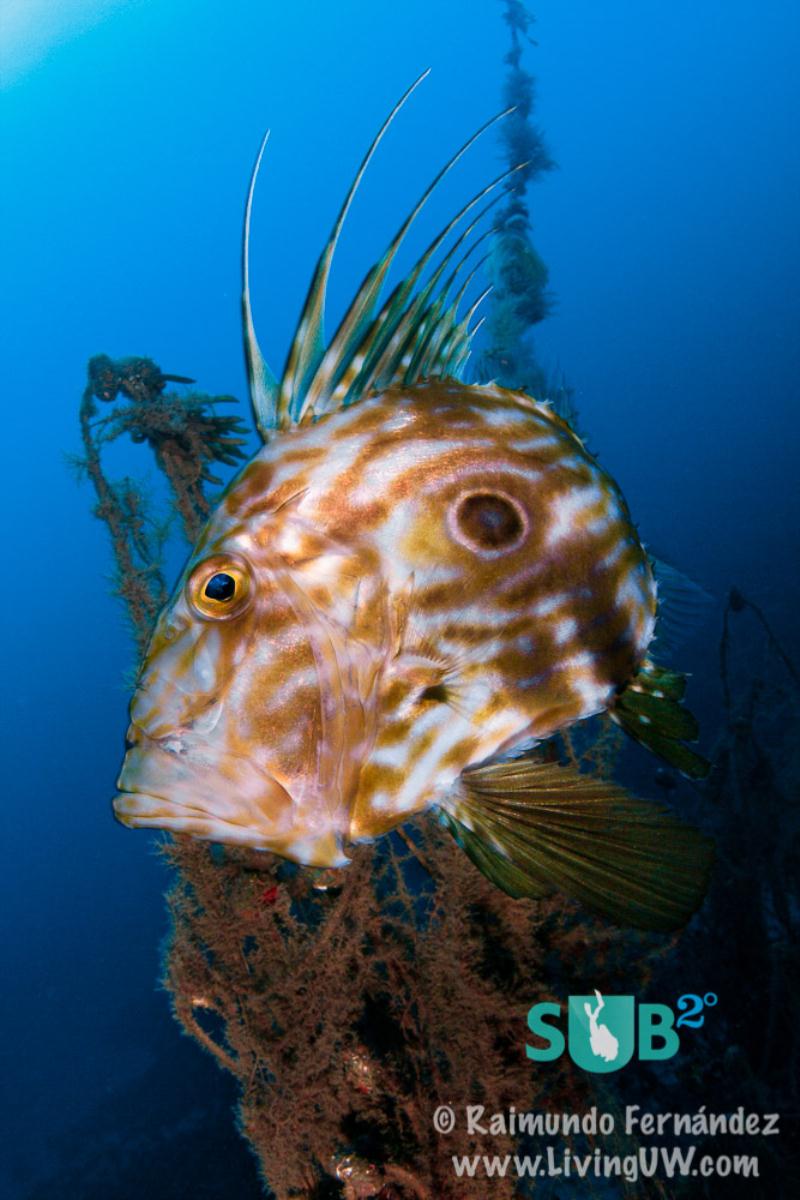
John Dory around a lost gill net
John dories seem attracted to any conspicuous elements like lost nets (with the Canon 8-15 fisheye). -
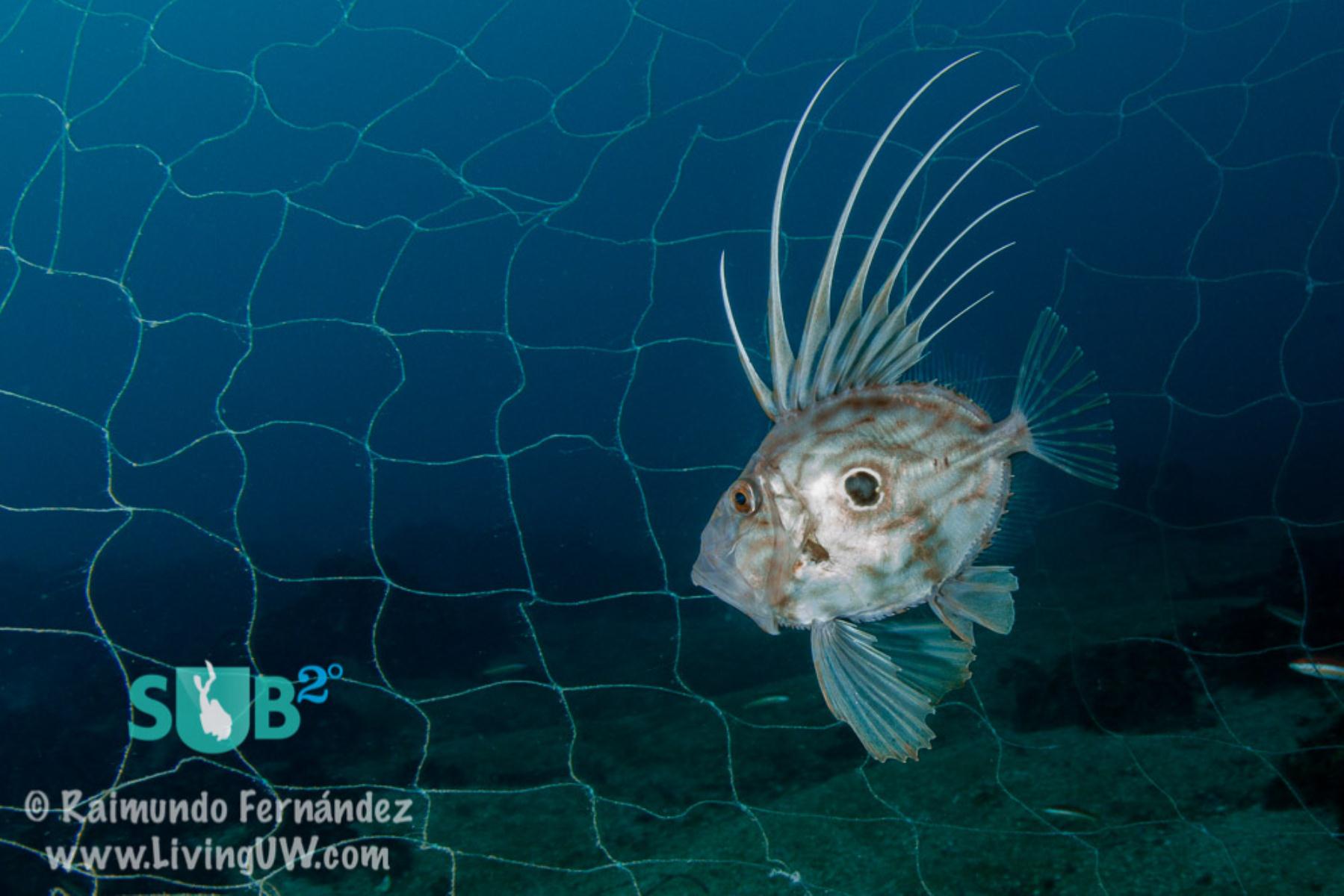
Juvenile john Dory
-

John Dory around a lost gill net
John dories seem attracted to any conspicuous elements like lost nets (with the Canon 8-15 fisheye). -
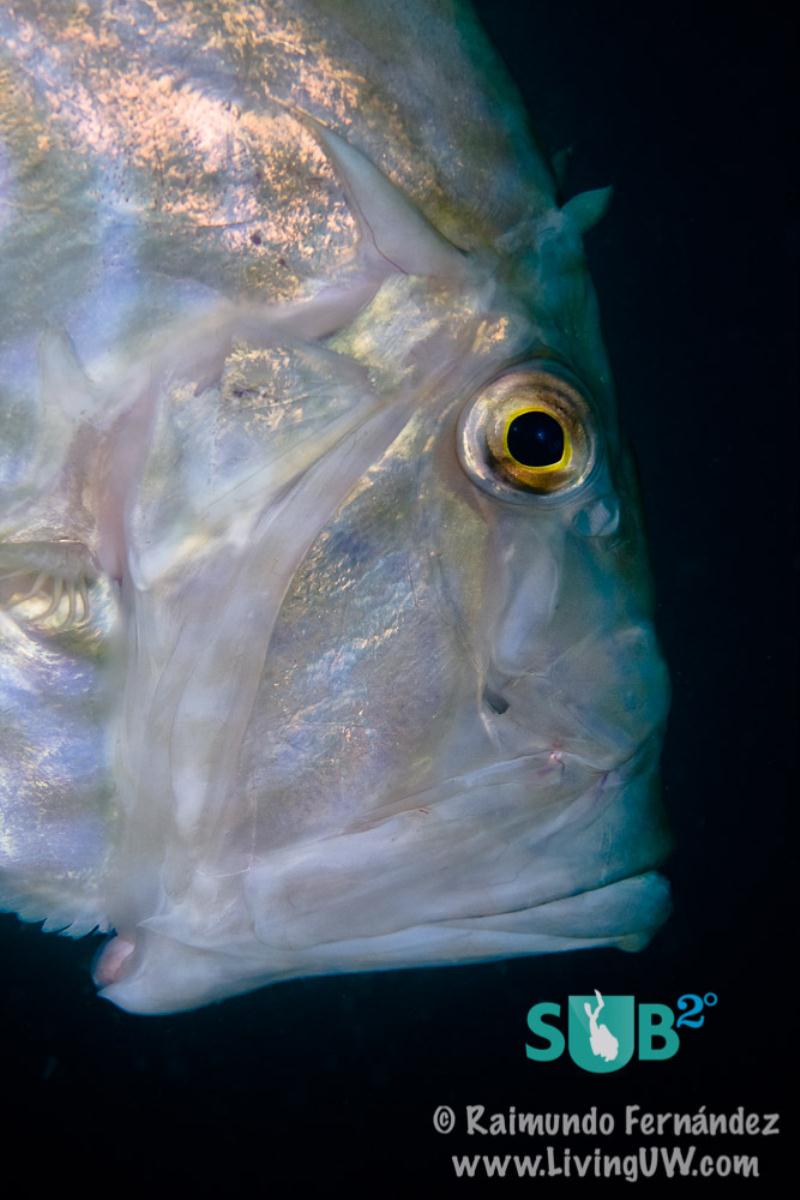
John Dory's portrait
The “exotic” long face shows a very enigmatic animal (with the Canon 100 mm telephoto lens).
Jewels of the Mediterranean winter: the John Dory
When everybody thinks about the best dive sites around the world, the Mediterranean Sea never appears. It doesn’t have warm waters, coral reefs or exotic fish. Nevertheless, for European divers, it has some attractive places like the Spanish “Costa Brava”. As I live near Barcelona, this is my main diving area, in which I had some of my best dives.
During winter, you can bet the waters won’t be crystal clear and tropical warm. Usually, there's low visibility (less than 5 m) and really cold water, 11-13ºC (38-40F), so drysuits are heavily recommended. Besides, there’s a lot less life compared to the summer. That would discourage most divers, and only some locals dive all the year.
But for those who dare to dive during winter, the sea may reward them with some of its hidden jewels. One of them is a very special fish, the John Dory (Zeus faber).
There’s a legend that says that this spot is Saint Peters thumbprint, hence the John Dory's other name, Saint Peter.
It also has 10 long spines on its dorsal fin; the first ones are separated and especially long, so they really catch the eye when deployed, especially in the young small specimens because they are larger in proportion to the body length.
In fact, they might even be as long as the fish itself.
How to Spot Them?
John dories seem to have a, sometimes unhealthy, attraction to any conspicuous item, so it’s easy to see them around forgotten nets, sunken trees, etc, although in some places you can see them at very shallow depths, they tend to prefer deeper waters.
In some places you can find them below 18 m but sometimes you have to descend to 40 m, into colder waters, to find them.
It’s not easy to spot them; they are very elusive critters. But this isn't their unique problem.
As long as they trust in their own ability to remain unseen, you can approach them, however, they are very shy fish, so you’ll always see them from behind and from a minimal safety distance.
If you want to photograph these animals, a fisheye wouldn’t be the best option. A standard zoom lens is the most reasonable choice, like the 17-70 mm.
A 100 mm can also render very good portraits from a reasonable distance.
How to shoot them?
My favorite lens choice? A surprising one: The fisheye. Although you have to be REALLY close in order to get decent results, it can render the most spectacular shots, and allows you to show the environment. You always have to approach John Dories slowly in order to find the safety distance and try to keep it.
Forget the hurries, and wait for the John to give you its best shot.
If you’re lucky enough, you can see them yawn- one of the most spectaculars yawns I’ve ever seen.
Most fish have very different personalities, even at an individual level, so if you dive several times, you can eventually find a curious individual that can almost touch your dome. LOTS of patience, bad shots, and unsuccessful dives will be required; however, all your efforts will be worthwhile.
Featured Posts
-
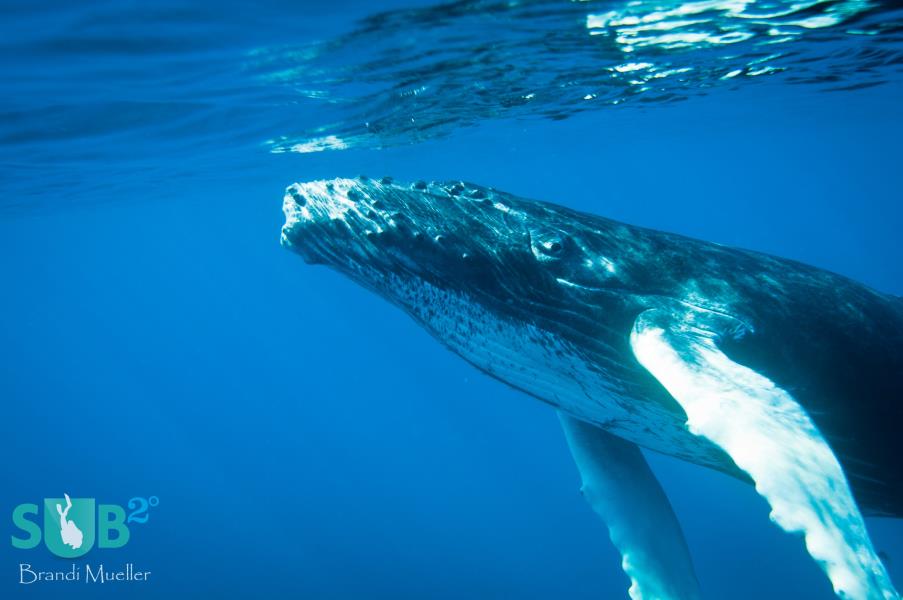
Humpbacks of the Silver Bank
Nothing compares to being in the water with a 40 foot humpback whale. These beautiful and graceful animals are nothing short of amazing. The Silver Bank is a winter gathering place for humpbacks and more recently, snorkele...
-
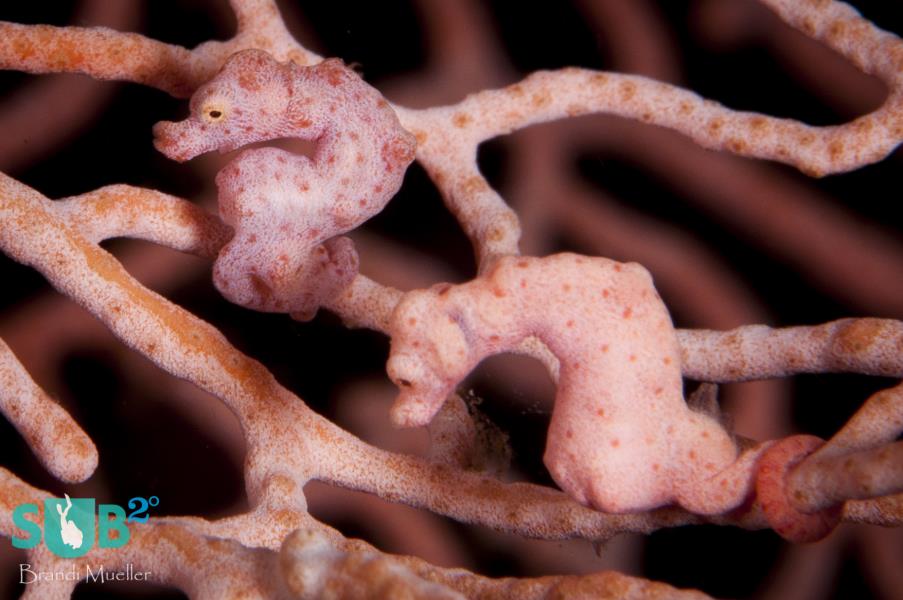
On Seahorse Love
When boy meets girl in the world of seahorses a beautiful and often extensive courtship occurs. They change colors and entwine their tails. Then they rise off the seafloor and the female deposits her eggs into the male’s p...
-
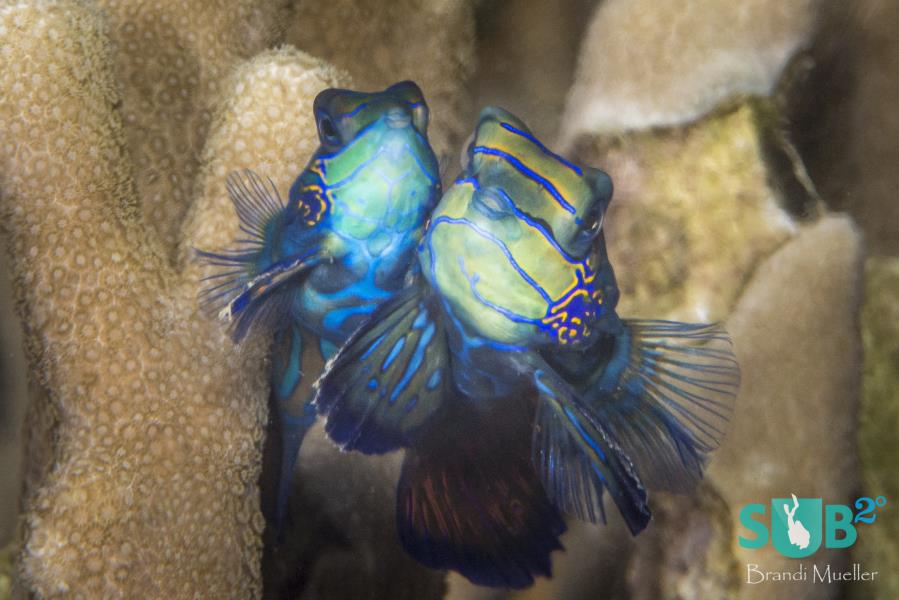
Mandarinfish-The Courtship Dance
On the reefs of the Pacific, twilight marks the beginning of the mandarinfish courtship dance. A male begins dancing, and if he’s desirable, an interested female will join. Just before the sun sets, the two fish will rise u...
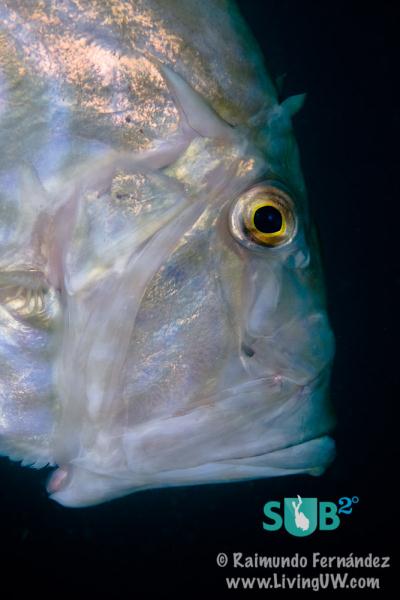
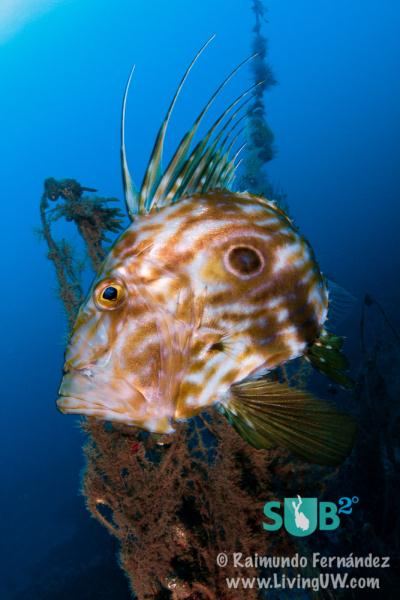
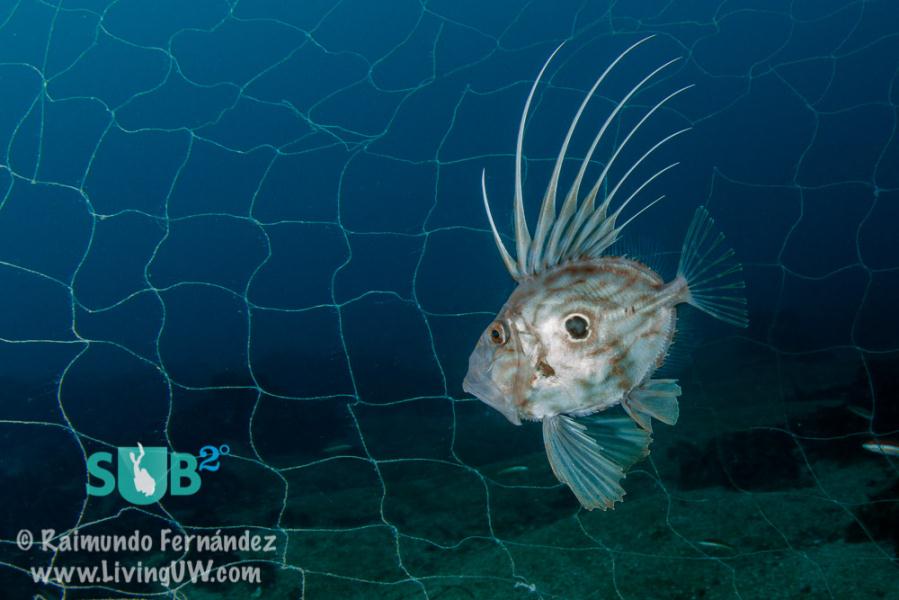
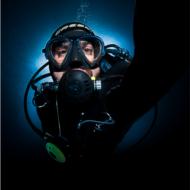

Load more comments
Indah Susanti 12/21/2014 9:26:27 AM Beautiful fish! Great shot too :)